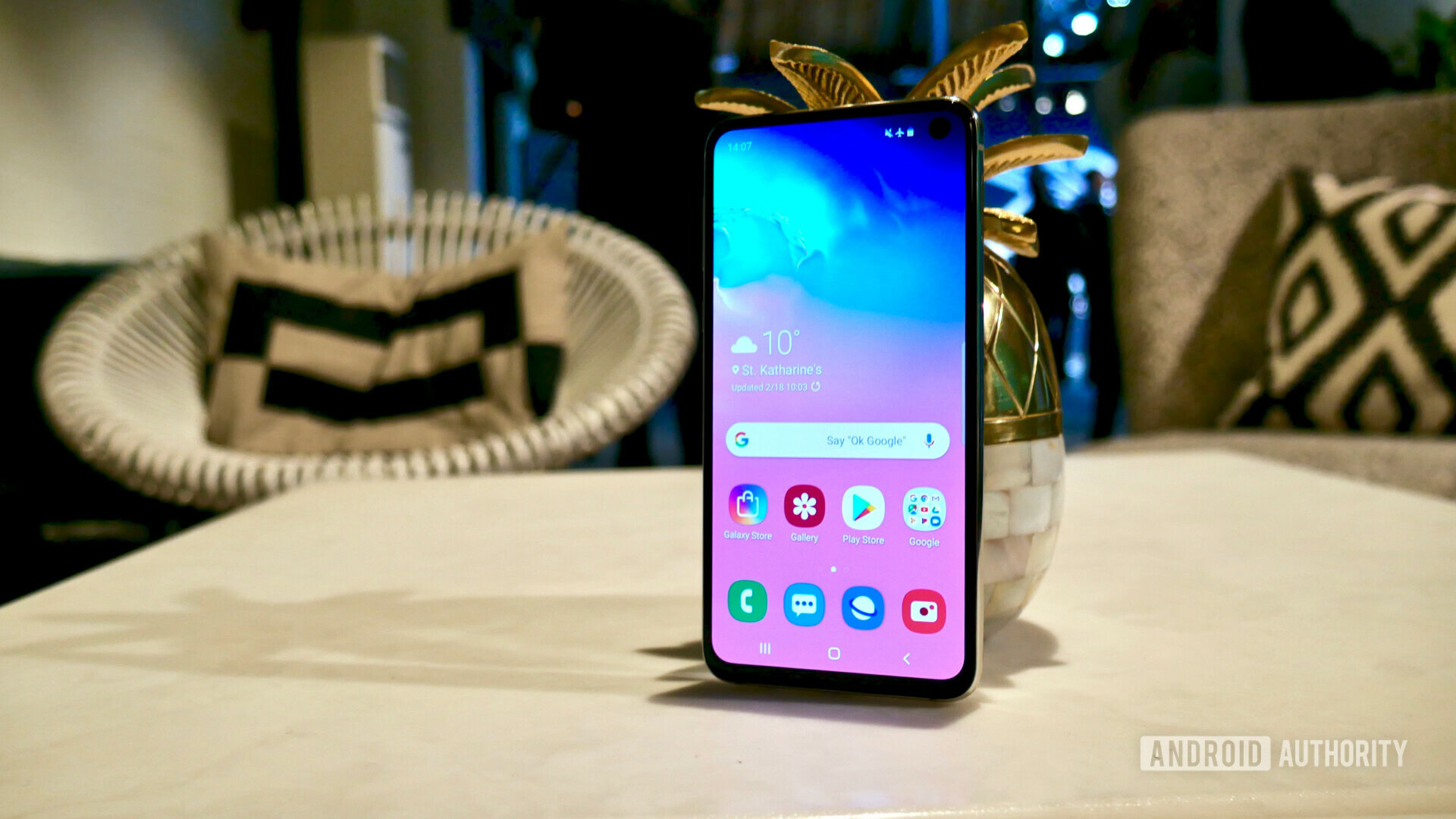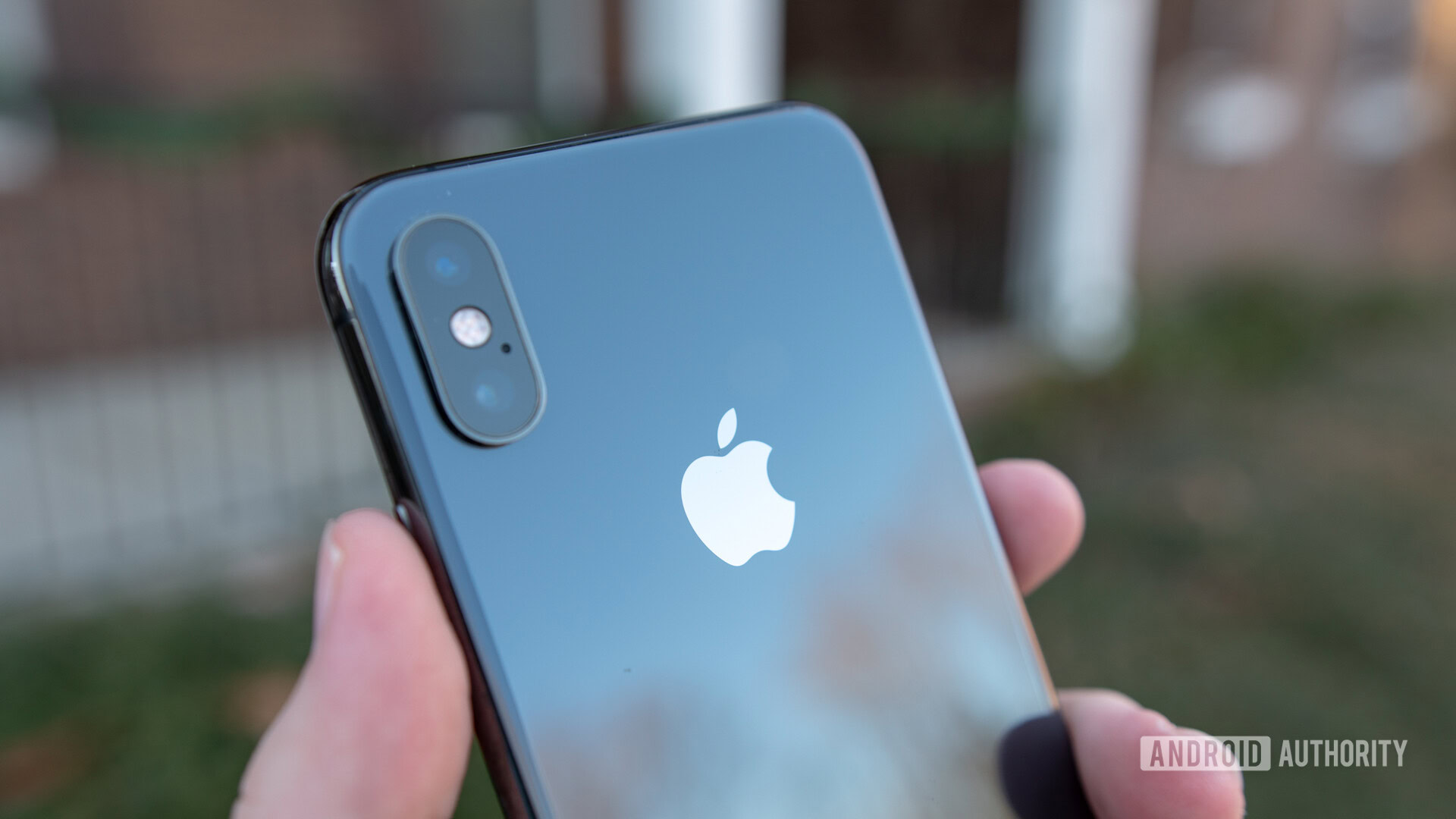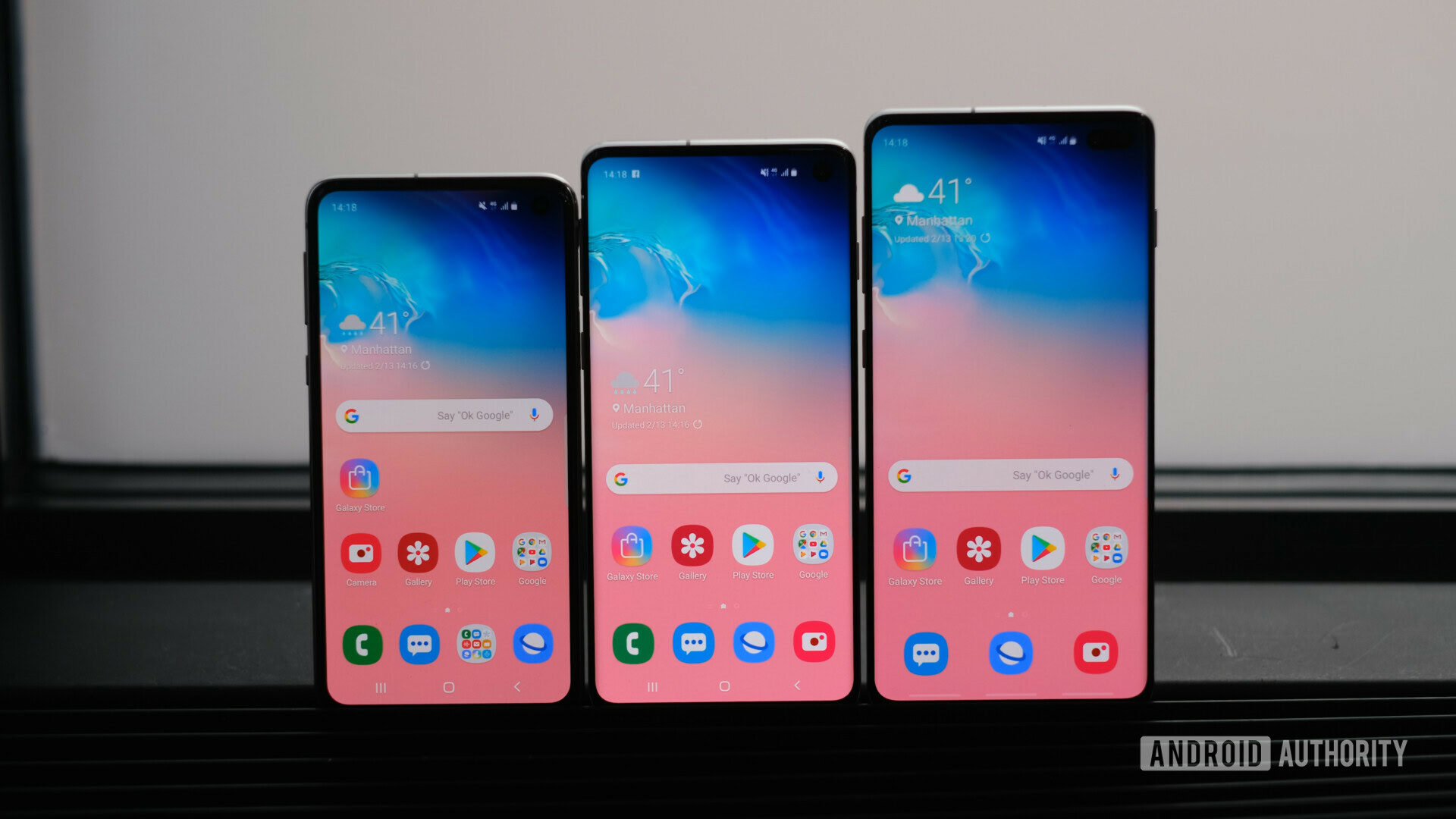Affiliate links on Android Authority may earn us a commission. Learn more.
Who is the Samsung Galaxy S10e for?

The Samsung Galaxy S10 series sets its sights on the bleeding edge, yet again. But there is an odd exception to that rule — the Samsung Galaxy S10e. The Galaxy S10e is a bit of an odd duck, clearly wanting to blend in with its flagship siblings yet throwing out many of the fancier features in favor of a lower price point.
Just who is this handset designed for? The obvious answer is that it’s designed for those who don’t want to spend $1,000 on a flagship smartphone, which is probably a growing percentage of even Samsung’s Western audience.
Market segments are being gobbled up by cost-effective phones like the OnePlus 6T and Pocofone F1. In the East, Xiaomi and HUAWEI are on the rise, clawing at Samsung’s heels for those leading positions in the global market. Samsung is under more pressure from competitors than ever before.
Can the Galaxy S10e boost Samsung’s sales?
The Galaxy S10e is, of course, a bid to sell more phones. Truth be told, Samsung’s sales figures haven’t looked rosy for the past few quarters. Company profits took a plunge in Q4 2018, down 28.7 percent year on year. It’s no secret that smartphone sales more generally are in a tough spot, down 7 percent in the last quarter as the market continues to stagnate.
To say that the Galaxy S10e is an attempt to revive Samsung’s fortunes would be a stretch. However, it’s clear that the company needs to do something to counter its declining share of the market. Affordability is an increasingly important factor, and its an area where Samsung’s Chinese rivals excel.
As flagship prices increase beyond $1000, manufacturers risk leaving previous consumers behind.
Markets showing the greatest propensity for growth, such as India, China, and South America, are more value sensitive than Samsung’s traditional bases. If Samsung is to sell its flagship phones globally, the lower priced Samsung Galaxy S10e could help shift a few more premium units. In its traditional Western markets, buyer fatigue and rapidly growing prices are prolonging upgrade cycles. The Galaxy S10e might convince some budget-conscious consumers to upgrade now rather than later. However, neither of these scenarios is likely to drastically change Samsung’s sales outlook.
On the flipside, the cheaper price of the S10e could upset the premium brand that Samsung’s has culminated for the Galaxy S series. The balancing act is to offer a cheaper product that doesn’t diminish the premium pitch of the whole series. I would argue that Samsung has managed to do that with the S10e.

The (inevitable) Apple comparison
Samsung isn’t the first to have tried this strategy. Apple plotted a similar course with the iPhone 5C back in 2013. This didn’t pan out very well. The 5C was obviously such an inferior product in terms of design and aesthetic. Unsurprisingly, the C range wasn’t renewed following poor sales.
Even so, Apple hasn’t ditched the idea of offering a more reasonably priced version of its cutting edge hardware to woo affluent but price-savvy consumers. The iPhone XR is a cutdown version of the iPhone XS. It offers an LCD rather than OLED display, lower screen resolution, thicker bezels, features just a single rear camera, and lacks 3D touch. Apple learned its lesson from the iPhone 5C though, it offers the XR in aluminum, not plastic, as a more minor downgrade to the XS’s stainless steel.
Not every consumers wants to spend $100s more on extra features they won't use.
Take a gander at the Samsung Galaxy S10e versus the regular S10 and we observe similar compromises. Display resolution falls to FHD+ from QHD+, there’s 2GB less RAM, a missing telephoto camera, and no in-display fingerprint reader. However, the S10e keeps a similar design, the same processing components, and the main camera of its more expensive siblings. If you want the core Galaxy S10 experience without the optional fancy extras, the S10e has you covered.
Pricing is similar too. The iPhone XR starts at $749 rather than $999. The Samsung Galaxy S10e starts at $749 compared to $899 for the regular S10 and $999 for the S10 Plus. More importantly, the Galaxy S9’s vanilla model originally retailed for $719. The S10e aims to keep the minimum entry level into the Galaxy S10 series at a similar price point.

Cutting-edge phones are becoming more expensive
Top-tier smartphones are becoming increasingly expensive for the simple fact that they’re cramming more and more in. Advances like 5G and foldable models are exacerbating this issue. Expensive “Pro” variants are everywhere these days, and it only makes sense that companies create new models to fill in this price gap between the mid and top tier.
Samsung fans will be pleased the Galaxy S10e exists – they won’t have to spend $900 or $1,000 to upgrade.
I wouldn’t say that the Samsung Galaxy S10e is a response to any one competitor or even the emergence of new markets. The S10e is still a flagship Samsung phone designed for the same consumers as before. It’s certainly nothing market or region-specific, Samsung already has that covered in the form of the Galaxy M series.
The handset is the result of the growing gap between what it costs to include the very best mobile technology available and what consumers are used to spending on a high-end smartphone. Samsung fans will likely be very pleased that the Galaxy S10e exists – they won’t have to spend $900 or $1,000 to upgrade.